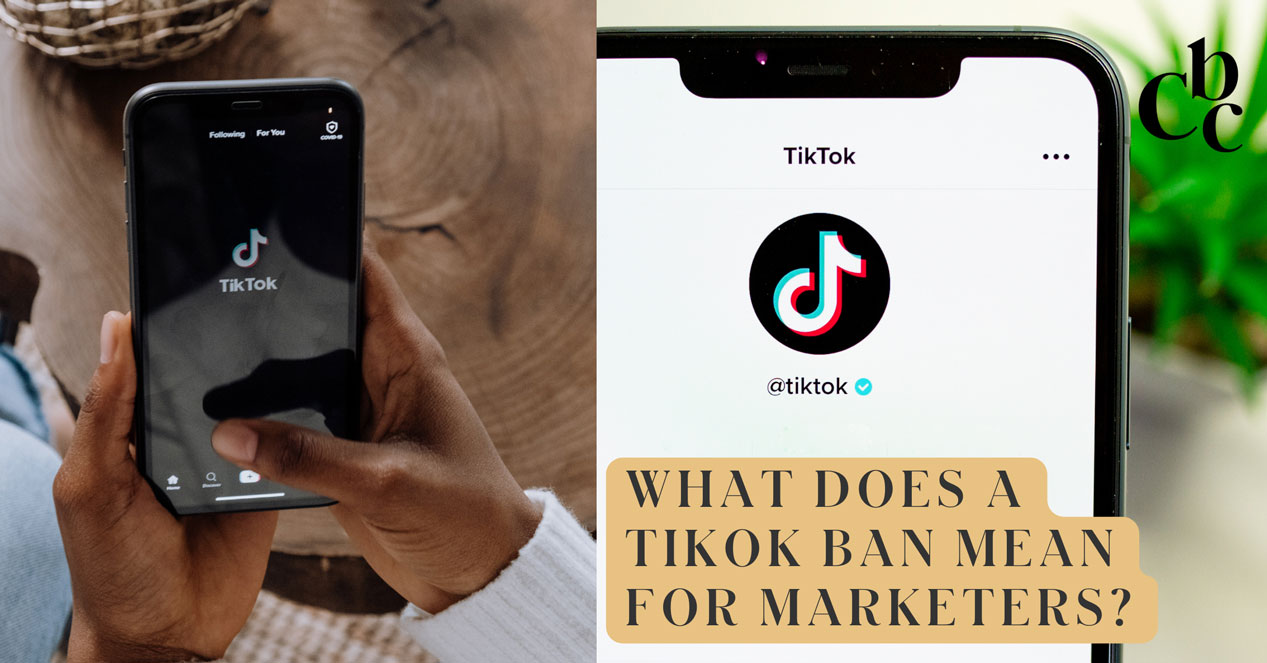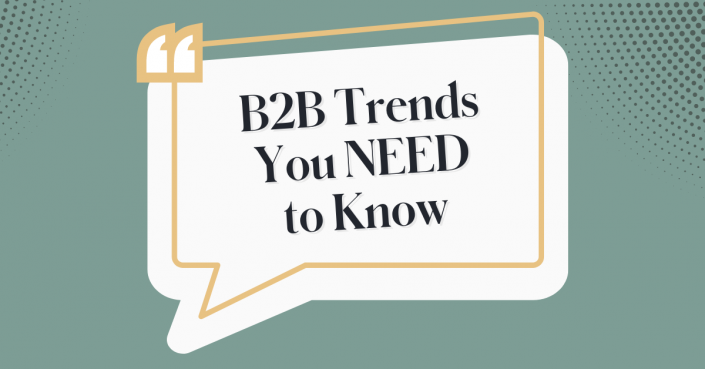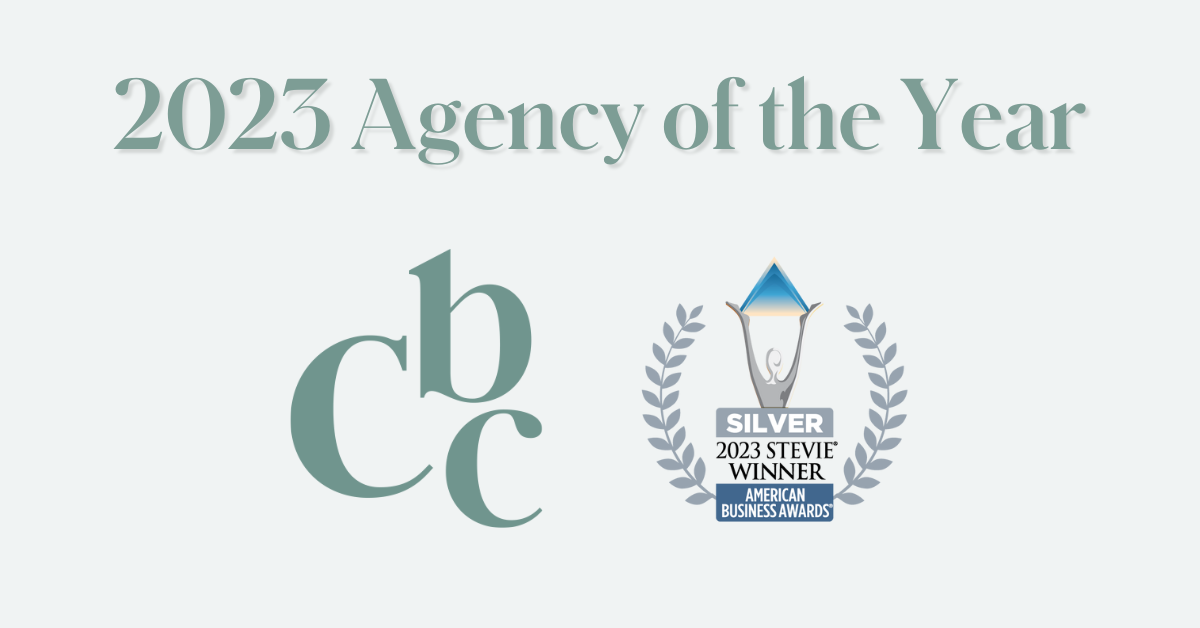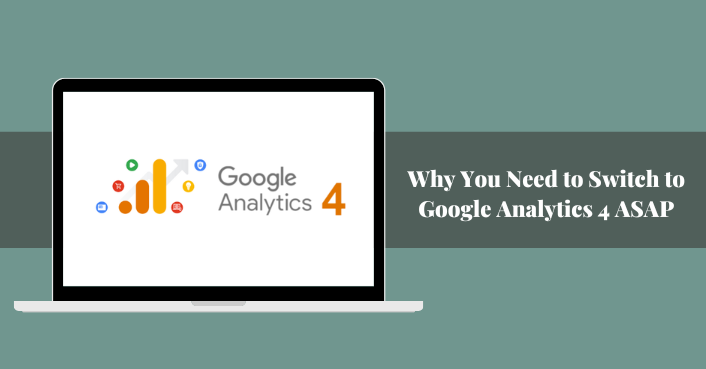Brand Storytelling: A Power Equation to Elevate Your Marketing
CBC’s Digital & Content team recently attended INBOUND 2019 and learned ALL THE THINGS. To spread the marketing love, we’re sharing our highlights from the conference in a series of blog posts. In today’s installment, Rebecca Fennel, Sr. Account Executive, gives us the lowdown on her favorite session, sharing what she learned about brand storytelling.
Ah, the age-old question: How do you get customers to want your product so badly that they’ll spend their hard-earned money on it?
As marketers, we’ve made it our mission to answer this. A 20th century advertiser may have advocated for loud, persuasive tactics that aim to convince buyers that they NEED the newest thing NOW.
But today, we understand that consumers are much more complex than that. They have their own unique desires and the power to make personalized, informed decisions.

The Importance of Storytelling in Marketing
We’ve been hearing a lot about the importance of telling stories in marketing. To grab the attention of our audience, we need to craft stories that help customers understand the role of a product or service in their life, or how that brand is part of their own story.
Gabriela Pereira, Founder of DIY MFA, spoke at HubSpot’s INBOUND 2019 conference about the power of storytelling. Story, she says, is embedded in our neurology. If a story is told to us, we will listen. As marketers, this is how we get people to pay attention. Effective marketing is rooted in the intersection where a brand’s story meets its customer’s story.

Brand Identity and the Storytelling Matrix
Holding Out for a Hero
Brands, says Pereira, are like characters in movies or books. The hero of every story has their own unique personality and story to tell. The first step in creating a storytelling-focused marketing strategy is to identify which type of “hero” your brand is.
Your brand might be relatable, reflecting customers as they are. Or it could be aspirational, possessing almost superhuman qualities, showing customers what they could become.
Which one is your brand—relatable or aspirational?
Make Me a Promise
Next, figure out if your brand is promising change or preservation for your customers.
Are you trying to change something about your customer’s world? If so, you may be helping them make more money, create a better life, or get things done faster.
Or are you aiming to help them maintain the status quo? If so, your product or service could be helping your customers save money or time, preserve relationships, or maintain their health.

By examining the overlap between your brand’s identity and its promise, you can label your brand with one of four brand storytelling archetypes: an underdog, a disruptor, a survivor, or a protector. This will help you shape the way you tell your brand story and the way your audience will react.
Brand Storytelling Example: Apple’s iPod Campaign
Let’s use Apple as an example. One of the biggest technology companies of our time, Apple has created not only new products, but lifestyle technology that has completely transformed society.
In the early 2000s, Apple shook the music industry by releasing the iPod. Apple’s groundbreaking ads featured silhouettes of skilled dancers jiving against colorful backgrounds, listening to sleek iPods. The catchy, modern music and strong artistic direction of the ads reflected the vigor of the brand and its new product.

Whether Apple knew it or not, these commercials and print ads brilliantly applied the storytelling matrix. The ads set Apple apart as a company that is changing the lives of music listeners around the globe. The people in these ads were cool, trendy, and talented—everything that Apple’s target customer aspired to be.
Change x Aspirational = Disruptor.
The success of this campaign and the bold marketing endeavors that followed have led Apple to be one of the most famous disruptor companies of our generation.
Telling Your Brand’s Story
What about the other storytelling archetypes? If your brand isn’t a disruptor, what sort of story can you tell instead?
Underdog brands make the everyday customer feel understood. Ads focus on everyday situations that we can recognize in our own lives. Viewers think, “If that person in the ad did it, I can, too.” An example of an underdog marketing campaign is Progressive Insurance’s ads with Flo.
Survivor brands promote safety, reliability, comfort and nostalgia. Campaigns could show a heroic act that saves a community from destruction, or they could focus on regular people going about their lives and keeping their loved ones safe and happy. An example of a survivor marketing campaign is Subaru’s “They Lived” ad.
Protector brands emphasize trust, leadership, and high quality. Promotions from these brands will inspire trust and credibility. This messaging is especially effective for high-end luxury products and services. An example of a protector marketing campaign is the Mercedes Benz for Santa Claus ad.
The storytelling matrix encourages brands to listen. We need to be acutely aware of the needs, desires, and identities of our customers in order to craft compelling stories that they can relate to—narratives in which they see themselves.
Without this awareness, companies may blindly spend their time and money on marketing efforts that fundamentally lack the ability to connect with their target buyers.
But when stories are told well, that’s where the magic happens.
Here at CBC, we make the magic happen every day for our clients. Whether it’s an experiential marketing program or a creative ad campaign, we bring brands to life through compelling storytelling. Drop us a line to see how we can tell your brand’s unique story.










